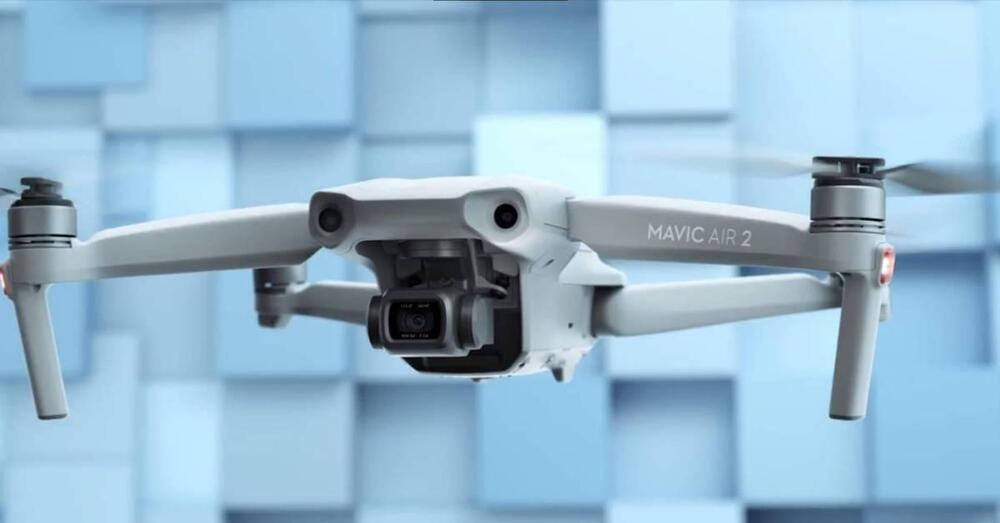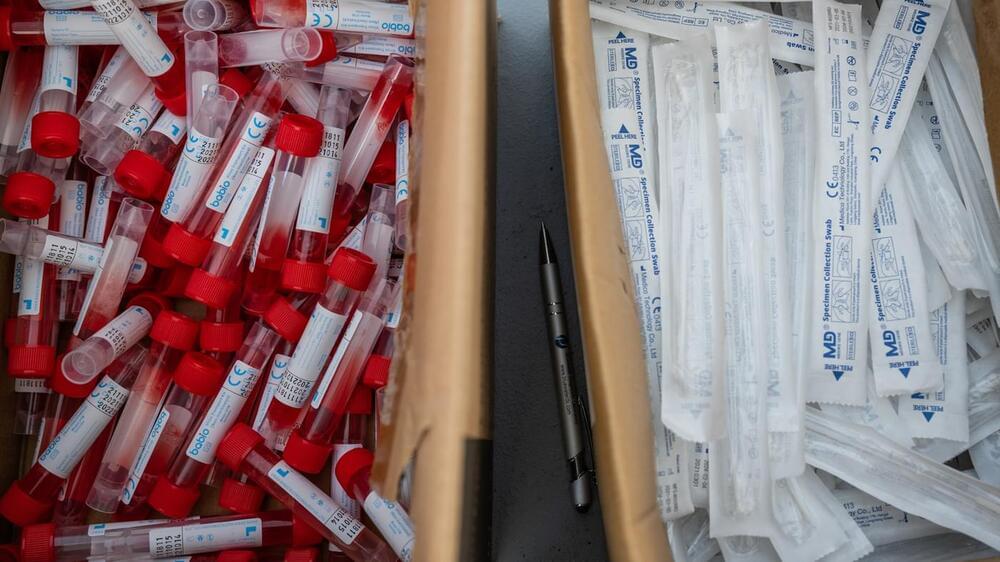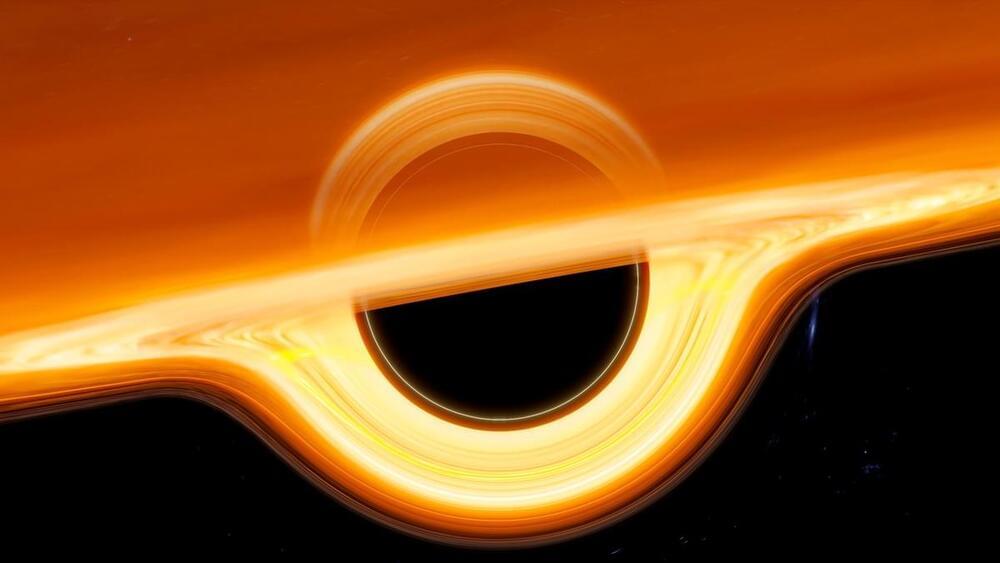New applications in energy, defense and telecommunications could receive a boost after a team from The University of Texas at Austin created a new type of “nanocrystal gel”—a gel composed of tiny nanocrystals each 10,000 times smaller than the width of a human hair that are linked together into an organized network.
DJI is rolling out a new firmware update for the Mavic Air 2 drone. At the same time, the technology giant is updating the DJI Fly app to version 1.5.10.
According to DJI’s release notes, the update “optimizes user experience and improves overall software stability.”
AMD (AMD) — Market capitalization
Posted in futurism
The following link provides a fun graph. The key to remember is that a woman replaced the male CEO on October 8, 2014. In fact, all 4 CEOs before her were male.
As of February 2022 AMD has a market cap of $185.31 Billion. This makes AMD the world’s 66th most valuable company according to our data.
Head to https://squarespace.com/stewarthicks to save 10% off your first purchase of a website or domain using code STEWARTHICKS
Interior Urbanism describes interior spaces so large that they behave like cities. These kinds of constructions can develop either as an adoc growth over time, or as a planned and cohesively designed set of volumes. Each has its own opportunities and problems when it comes to efficiency and architectural integrity. This video explores both and uses Chicago’s Pedway and John Portman’s Hyatt Regency near O’Hare airport as examples. Stewart Hicks visits these examples, discusses the implications of bringing our urbanism indoors, and compares and contrasts the spatial qualities of each approach — the contingent and gritty urbanism of the Pedway, with the pristine perfection of the hotel lobby and conference center.
__Membership__
Join this channel to get access to perks:
https://www.youtube.com/channel/UCYAm24PkejQR2xMgJgn7xwg/join.
__About the Channel__
Architecture with Stewart is a YouTube journey exploring architecture’s deep and enduring stories in all their bewildering glory. Weekly videos and occasional live events breakdown a wide range of topics related to the built environment in order to increase their general understanding and advocate their importance in shaping the world we inhabit.
__About Me__
Stewart Hicks is an architectural design educator that leads studios and lecture courses as an Associate Professor in the School of Architecture at the University of Illinois at Chicago. He also serves as an Associate Dean in the College of Architecture, Design, and the Arts and is the co-founder of the practice Design With Company. His work has earned awards such as the Architecture Record Design Vanguard Award or the Young Architect’s Forum Award and has been featured in exhibitions such as the Chicago Architecture Biennial and Design Miami, as well as at the V&A Museum and Tate Modern in London. His writings can be found in the co-authored book Misguided Tactics for Propriety Calibration, published with the Graham Foundation, as well as essays in MONU magazine, the AIA Journal Manifest, Log, bracket, and the guest-edited issue of MAS Context on the topic of character architecture.
__Contact__
TAMPA, Fla. (WFLA) — Following multiple news organizations covering allegations of animal abuse at Neuralink, Elon Musk’s brain chip company, the tech developer issued a statement on its animal welfare policies.
Earlier this month, the Physicians Committee for Responsible Medicine announced lawsuits against the University of California, Davis and Neuralink over its treatment of the macaque monkeys used to test the experimental brain implants developed by Musk’s company.
Last year’s figures marked the first time the market saw sustained, subsidy-free growth across residential, commercial and utility scale projects, according to trade body Solar Energy UK.
The omicron BA…2 variant spreads about 30% more easily and has caused surges in other countries. Its steady increase in the U.S. raises questions about the wisdom of rolling back COVID restrictions.
There are few places in the universe that invite as much curiosity—and terror—as the interior of a black hole. These extreme objects exert such a powerful gravitational pull that not even light can escape them, a feature that has left many properties of black holes unexplained.
Now, a team led by Enrico Rinaldi, a research scientist at the University of Michigan, have used quantum computing and deep learning to probe the bizarre innards of black holes under the framework of a mind-boggling idea called holographic duality. This idea posits that black holes, or even the universe itself, might be holograms.
We’ve seen many reports of a massive assortment of Tesla cars ready to leave Shanghai for global delivery. This doesn’t mean Tesla won’t also deliver in China.
Microsoft’s Azure and Research teams are working together on the ‘Singularity’ AI infrastructure service.









